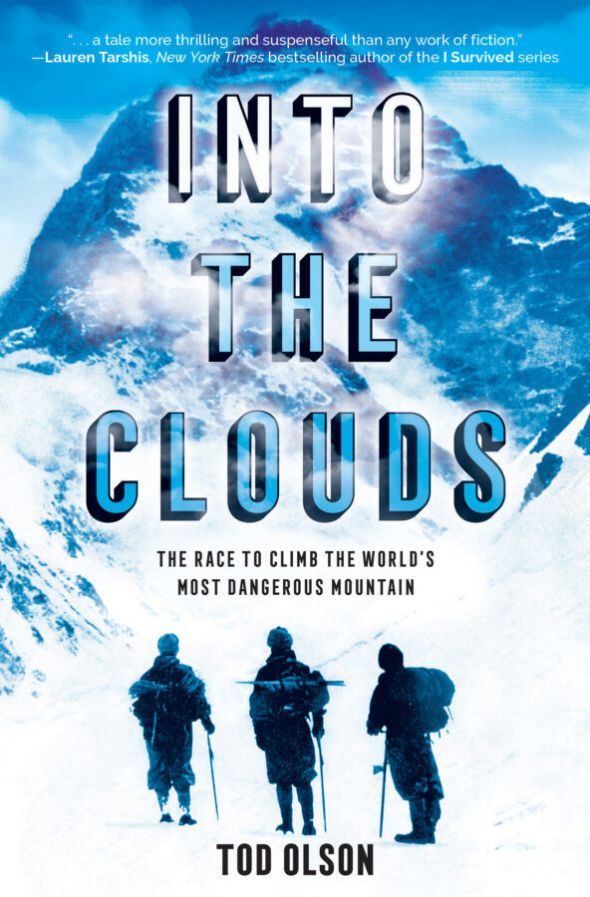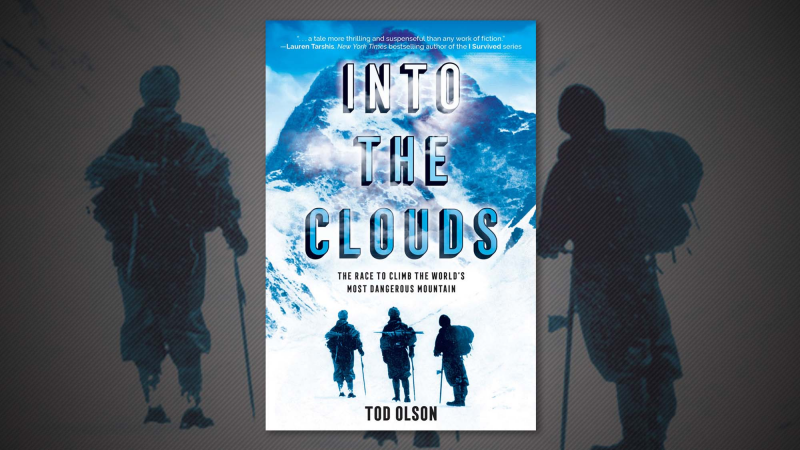This is a guest post from Into the Clouds author Tod Olson.
As a kid, I spent a few week-long periods of confinement at home with bronchial asthma. During one of them I discovered Middle Earth.
I tore through Lord of the Rings, riding eagles and battling orcs from my bed. The vaporizer blew fog through the Misty Mountains. My friends on the road to Mordor were hobbits, elves, and dwarves. I bookmarked the map pages so I wouldn’t get lost.
As the Mountain of Doom drew nearer, I actually did what I could to extend my quarantine—including a lightbulb-aided revision of the thermometer reading.
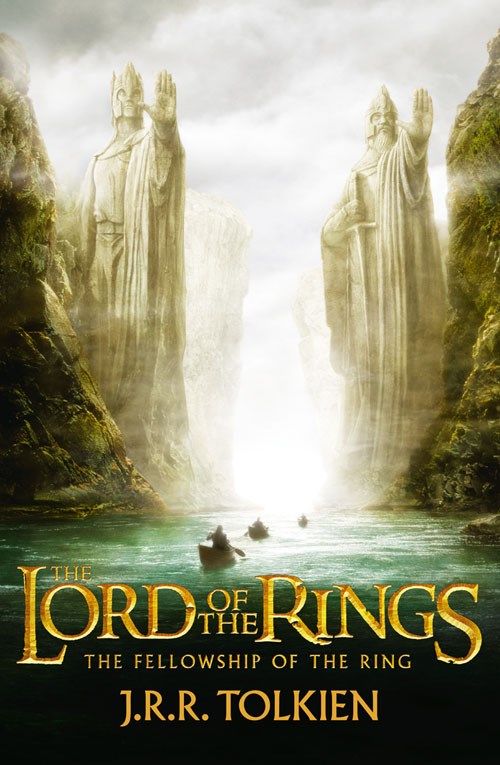
The next time I was lucky enough to get sick, I did it all again.
I’ve been thinking about those quarantine weeks for obvious reasons lately. I’ve always loved the virtual adventure we find in the pages of books, but maybe never so much as when it’s lacking in my actual life. Lately, between virtual meetings, I’ve been revisiting old science fiction—H.G. Wells and Arthur C. Clarke. It feels right for the times. The fate of the world hangs in the balance, until we close the cover.
I bet, right now, there are a lot of kids like me out there. There’s plenty of risk in the world—especially for health care workers and the tens of millions of people who have lost their jobs. But for many of us, it’s happening off-screen. There’s not much at stake in the sixteen waking hours that make up each day. Maybe there are bike rides, but there’s no competitive basketball. There are playlists and TikTok videos, but no dance performances.
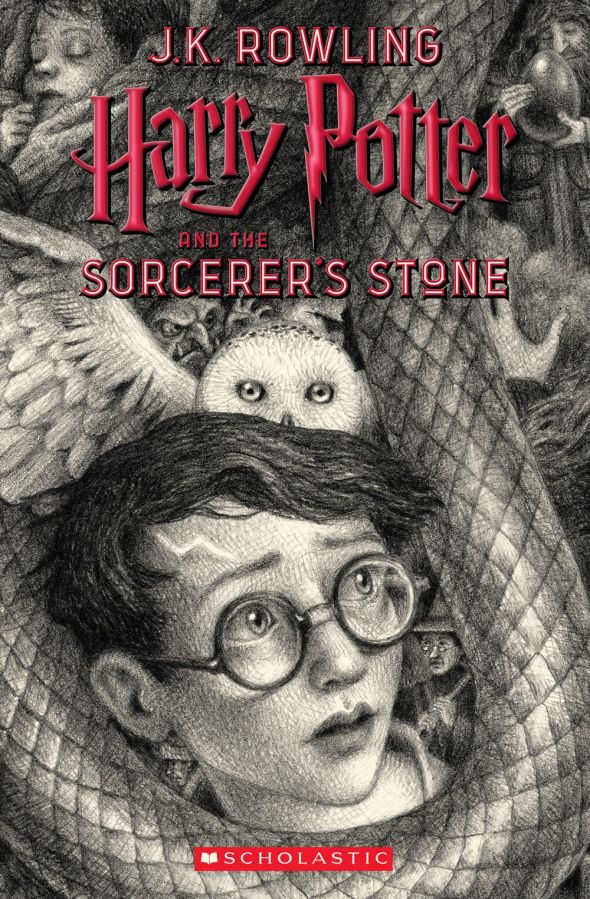
Instead, we have Tolkien and Riordan and Rowling.
Good adventure stories are a low-tech virtual reality. An author’s great magic is to create an empathic connection between a live reader and a person made from black lines on a white page. Once that connection is made, incredible things happen. We don’t just read about danger, love, disappointment. We experience it from our couches. Neurologists have a name for the mechanism in our brain that allows this to happen: mirror neurons. When Frodo flees the Balrog through a crumbling cavern, these neurons activate and our pulse races. When Aragorn returns to receive the crown of Gondor, real tears fall.
But I’ve been wondering what purpose these vicarious thrills really serve. Is a great adventure story just a day at the amusement park? Ride the roller coaster, get your heart rate soaring, go home and eat a burger?
I don’t know. If all we get is a fleeting jolt, why do I keep returning to Lord of the Rings? The count isprobably nearing ten—in print, film, and audio.
The fact is, I couldn’t wait to get back to Middle Earth not just because I craved the excitement but because it offered a particular kind of alternative to the world I inhabited at school. I was almost two years younger than the kids in my grade. They all seemed to speak a language I hadn’t yet learned. I avoided sports or theater, wary of doing anything that might expose me to ridicule. On days when I didn’t see friends in the cafeteria, I took my lunch outside so fewer people would see me eat alone.
How many kids—and former kids—right now have a secret part of them that is happier in confinement than it was in the world? There is no fear of missing out because there’s nothing to miss. There is no need to pose or play a role when your only audience is your family. There are no great crucibles: To play or not to play? To speak up or not?
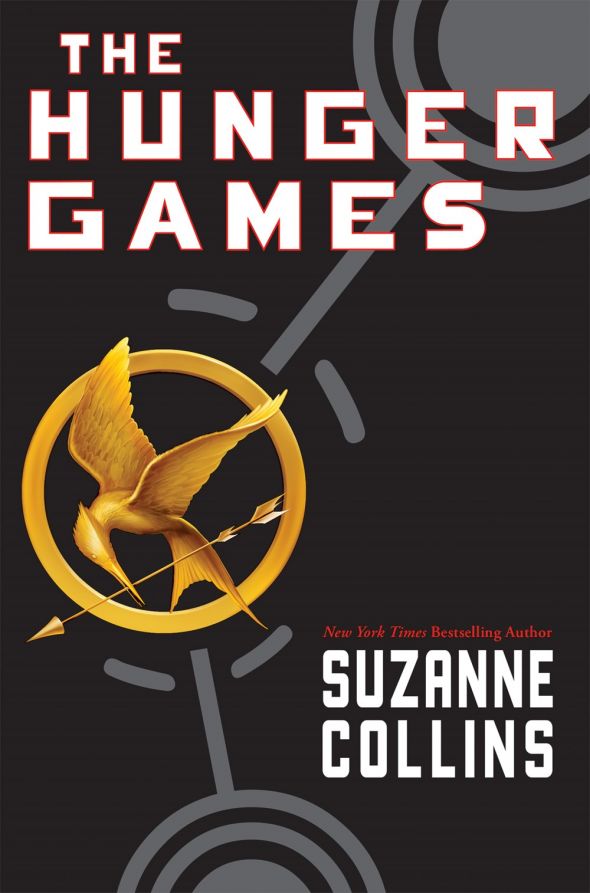
When we journey to Middle Earth—or Hogwarts, or Panem—we get a glimpse of what it’s like to live a different way. For a time, we get to be Frodo, wrenched from a life of comfort and given the world to defend. We are Harry, teased and unappreciated for years, discovering hidden powers within. We are Katniss, risking everything to stand up to an unjust world.
I spent the last year and a half writing about the mountaineers who made the first attempts to climb K2. Here are people who aren’t just drafted into perilous expeditions; they seek them out. They find their greatest joy amid great danger. During the time I spent with these adventurers, I often wondered what I could take from them—if I could steal their juju and live my own life with more abandon. The jury is out.
Someday, we’ll emerge from our quarantine to face gym class and the cafeteria door again. What happens then? Is there something we can take from the pages of our books and carry back into the world with us?
I believe we can often be stubborn creatures with habits engraved in our souls.But maybe the adventure stories we love stand as a challenge. Maybe they model for us what it would be like to take a little more risk into our lives—to go out for the soccer team even if we’re afraid we won’t make it; to take up guitar even if we’re going to sound terrible at first.
And if we have young armchair adventurers in our lives, maybe we should acknowledge that life can feel like the Hunger Games arena—which, of course, is nothing more than middle school in disguise. The stakes may seem low from a 30-year remove, but they’re not to a 12-year-old. If we remember that, and remember what these books meant to us, we can help the stories grow in the lives of our kids. Because maybe our virtual adventures are a form of practice. With Frodo, we cross the border into Mordor again and again, until walking into the cafeteria becomes a little bit easier.
We are hobbits all, and Sauron is the devil in our heads.
And, by the way, the lightbulb trick? I wouldn’t advise trying it. The tactic failed me when my mother walked in before I could shake the thermometer down to a credible level. I chose confession over a visit to the ER with a 110-degree fever.
Seems to me, Gandalf would have found a better way.
